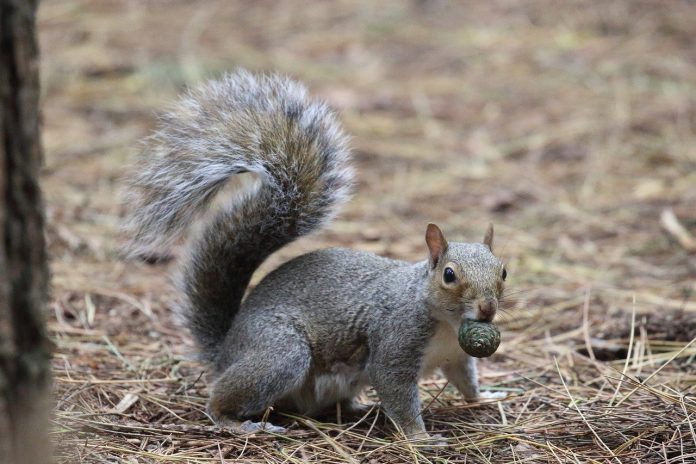November
Each day the sun rises a few minutes later and sets a few minutes earlier. Days grow chilly. Nightly frosts become the rule. It’s just a matter of time until the first snow falls.
Yes, it’s November. By month’s end, the whole world seems on the brink of death. The few brown leaves that cling tenaciously to their branches eventually will fall, leaving behind naked, seemingly lifeless trees. They will have become mere skeletons of their summer selves. Hayfields and thickets fade to brown. The sky turns monotonously gray.
Season of transition
November’s lifelessness, however, is an illusion. Though the world is colorless, cold, and drab, appearances deceive. November signals the start of the season of transition and dormancy, not the beginning of the end. Though plants seem to die, most simply rest for a few months. Otherwise, their soft tissues would freeze, and the plants would indeed be destroyed.
But when sunshine and warmth return in April, seeds germinate, buds swell, and again the world becomes a sea of green.
Most adult insects die as the world turns cold, but their populations persist as other stages of life — eggs, larva, or cocoons. Praying mantises pass the year’s harshest months in their distinctive foam-like egg cases. Isabella tiger moths overwinter as familiar banded wooly bears. Large silk moth pupae while winter away in protective cocoons wrapped in cryptic dead leaves.
Most migratory birds have already worked their way south to places where days last longer and food abounds. Hardier winter residents return to backyard bird feeders. Seeds and suet provide the calories required to make it from one frigid day to the next.
White-tailed deer battle for breeding rights. The biggest and strongest bucks dominate the rut, chase small herds of does, create chaos on busy streets and highways, and foil overconfident hunters.
Beneath the still liquid surfaces of ponds and lakes, turtles and frogs lie dormant under several inches of muck. They “breathe” osmotically through their skin. Fish slow down, eat less and frustrate die-hard cold-weather anglers.
Raccoons, skunks, and opossums sleep through the coldest days but venture forth to forage when weather permits. Bears, groundhogs, and chipmunks disappear into their dens for long winter naps. Their metabolic rates slow to a glacial pace. Call it hibernation or dormancy, even children understand its necessity.
Predators such as great horned owls, red-tailed hawks, weasels, coyotes, foxes, and bobcats depend on prey that do not hibernate or migrate. Seemingly limitless populations of mice, voles, squirrels, and cottontails sustain nature’s hunters.
Oaks, beeches, and hickories drop their nuts, and squirrels race to gather them. It seems impossible that nuts could defend themselves from the annual onslaught of hungry squirrels, but white oaks escape by germinating soon after they fall to the ground.
White oaks and gray squirrels
Rather than waiting for spring, white oak taproots grow rapidly in the fall and serve as the winter food-storage organ. By transferring much of the energy that was in the acorn to a subterranean taproot, white oaks escape predation by squirrels and other nut hunters.
Gray squirrels, however, have learned to beat white oaks at their own game. Adult gray squirrels somehow identify white oak acorns (perhaps by smell, taste, or touch). When they find one, they kill it by notching the acorn with their sharp incisors and cutting out the embryo. Only then does the squirrel bury it.
A notched acorn cannot germinate, but the meat remains viable and nutritious until the squirrel retrieves it the following spring. And those acorns, the ones squirrels miss or forget, remain to replenish the forest.
From yearling seedlings to young saplings to mature trees, the game that squirrels and acorns play ensures a forest of almost every age class.
November may seem a dull and lifeless prelude to a long, uneventful winter, but the struggle for life continues every day.
The keys to winter survival may be subtle and largely unseen, but plants and animals do much more than just survive until spring. They rest. They adapt.
Come spring, they reproduce. November links old to new. It is a critical season in nature’s never-ending circle of life.













